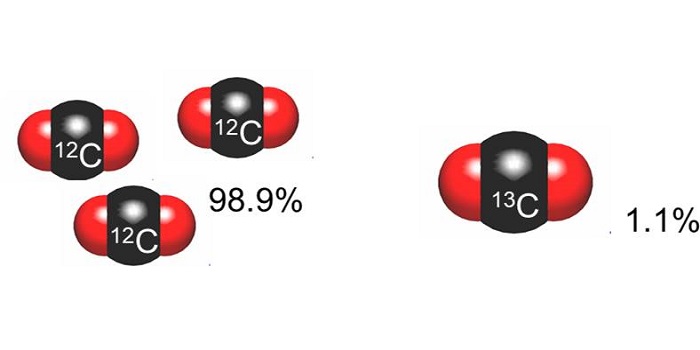
Atmospheric evidence for a global secular increase in carbon isotopic discrimination of land photosynthesis ($)
Blog, Plant Science Research Weekly, Research, Research BlogCarbon exist in two stable isotopic forms; 99% as 12C and 1% as 13C. The carbon-fixing enzyme Rubisco preferentially fixes 12C, so fossil fuels are enriched for 12C, and since the industrial revolution the atmospheric 13C / 12C ratio has been increasing as the 12C-enriched fossil fuels are reconverted…
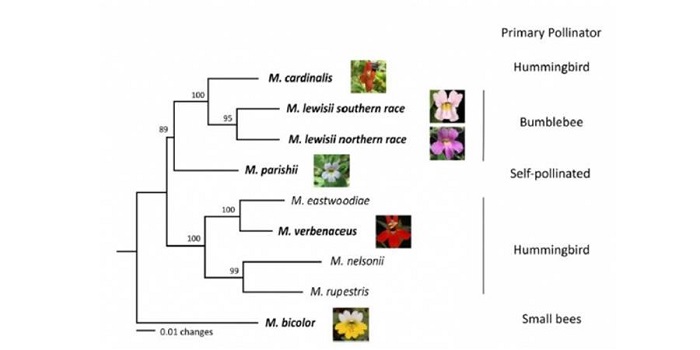
Less is more: Gene loss in flower pollination evolution ($)
Blog, Plant Science Research Weekly, Research, Research BlogThe evolution of flowers solved one of the largest obstacles of plant reproduction, finding a compatible mate. Since plants are sedentary, they are unable to search for a compatible mate like other organisms. Instead they use pollinators to do the searching for them. Flowers use scent and color to attract…
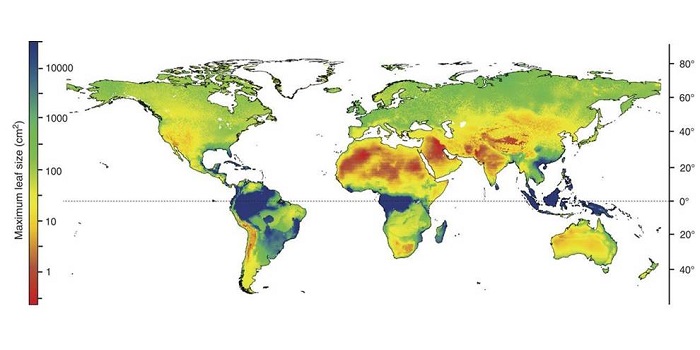
A worldwide-scale relationship between leaf size and climate ($)
Blog, Plant Science Research Weekly, Research, Research BlogLeaf size varies by over 100,000-fold across the plant kingdom. Leaf area has a direct impact on tissue temperature and thus directly affects photosynthetic efficiency. Empirical observations by 19th century plant geographers described that larger leaves are usually restricted to plants growing in wet…
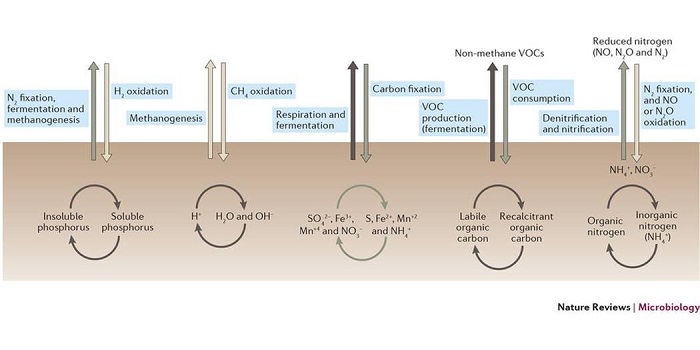
Review: Embracing the unknown: disentangling the complexities of the soil microbiome ($)
Blog, Plant Science Research Weekly, Research, Research BlogThe soils microbiome is of course hugely complex and immensely variable. Metagenomics tools allow us to describe the diversity of the soil microbiome, but what that diversity means is best grasped when the microbiome is considered in terms of its ecological functions, as described in this Tansley Insight…

Field-based species identification of closely-related plants using real-time nanopore sequencing
Blog, Plant Science Research Weekly, Research, Research BlogDNA sequencing was slow before the development of high throughput sequencing. Portable DNA sequencing, which would make sequencing on-site a reality, was impossible until recently. Parker et al. report on the on-site use of MinION from Oxford Nanopore Technologies for DNA barcoding, which yields data…
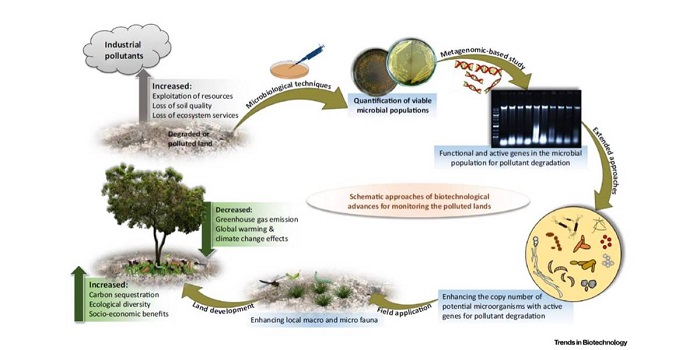
Review: Biotechnological advances for restoring degraded land for sustainable development ($)
Blog, Plant Science Research Weekly, Research, Research Blog0 Comments
/
One of the challenges of future food security is to feed a growing population without further impinging on undisturbed ecosystems, which is a primary goal of efforts to increase yields. At the other end of the equation, Tripathi et al. address opportunities to recover degraded lands for sustainable development.…
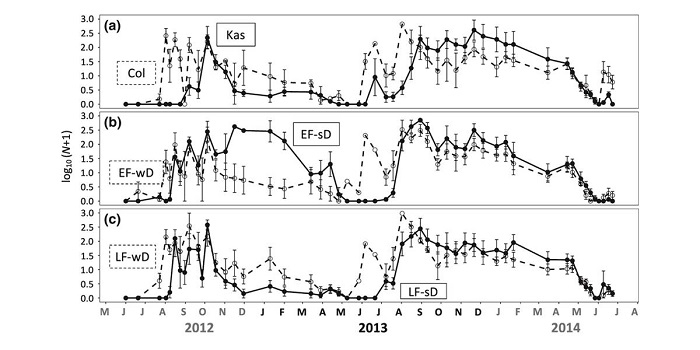
Interaction of seed dormancy and flowering time on phenology, life history and fitness in the field ($)
Blog, Plant Science Research Weekly, Research, Research BlogLocal adaptation and plant fitness (how plants perform on those localities) are strongly influenced by the seasonal timing of germination and flowering. Germination timing affects when a plant flowers and the selective environment under which flowering occurs. The other way around is also true, timing…
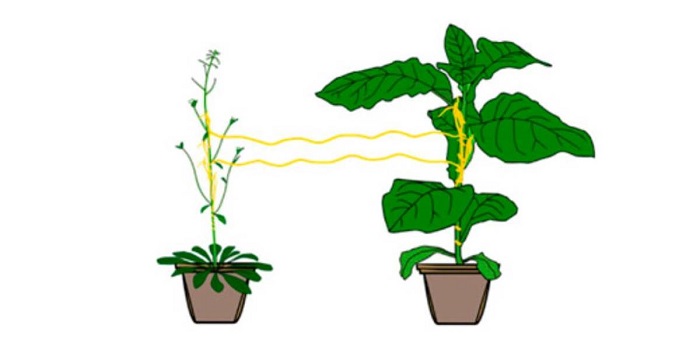
Stem parasitic plant Cuscuta australis (dodder) transfers herbivory-induced signals among plants
Blog, Plant Science Research Weekly, Research, Research BlogParasitic plants such as Cuscuta astralis (dodder) form connections with their host plants through which nutrients and other molecules pass. Using mutant plants and transcriptomic assays, Hettenhausen and Li et al. showed that two or more plants connected by Cuscuta bridges shared information through…
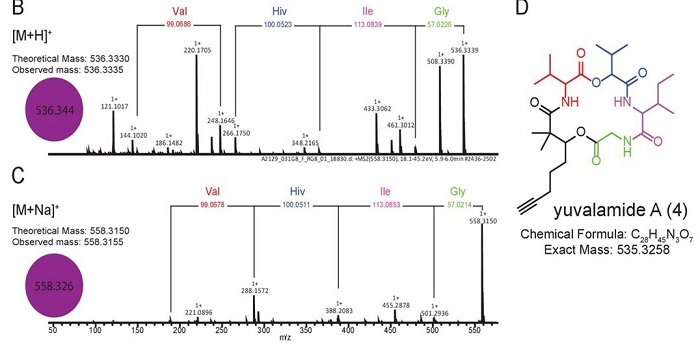
Exploring the chemical diversity and distribution of marine cyanobacteria and algae through mass spectrometry
Plant Science Research Weekly, ResearchLike plants, algae and cyanobacteria produce a dizzying array of largely unexplored natural products that can be used as medicines, in biotechnology and in agriculture. Luzzatto-Knaan et al. used mass spectrometry (MS) to explore chemical diversity from marine samples collected across space and time.…

